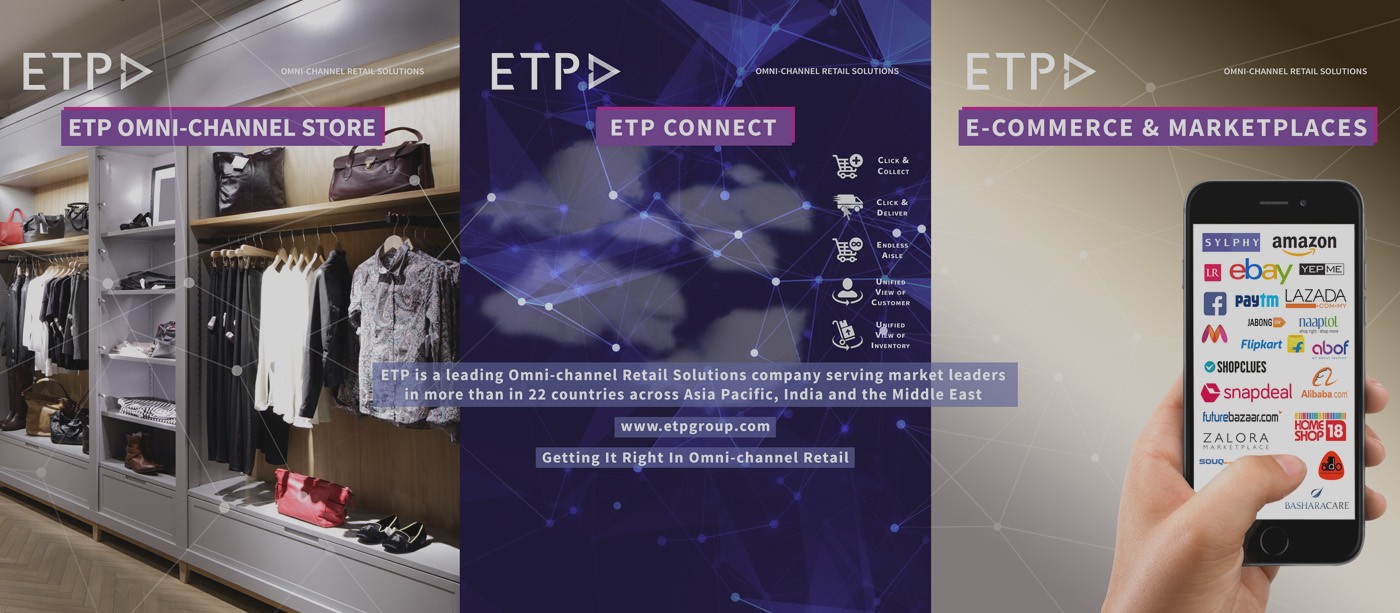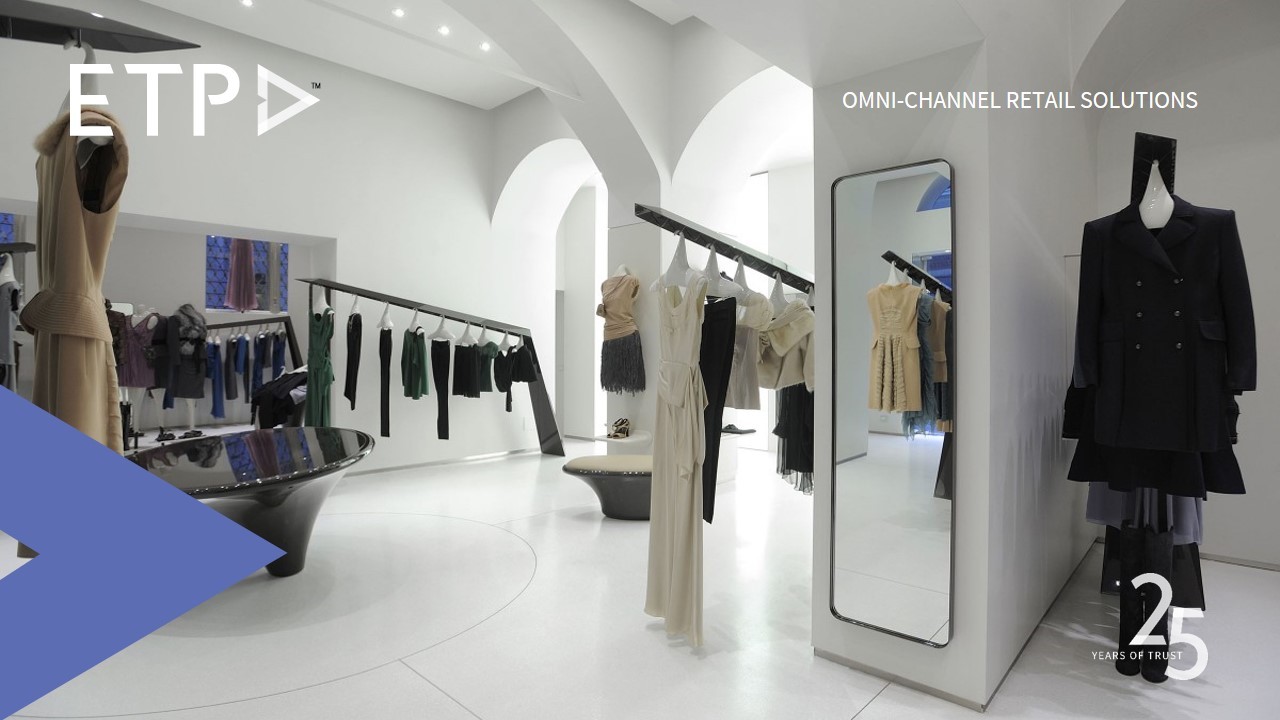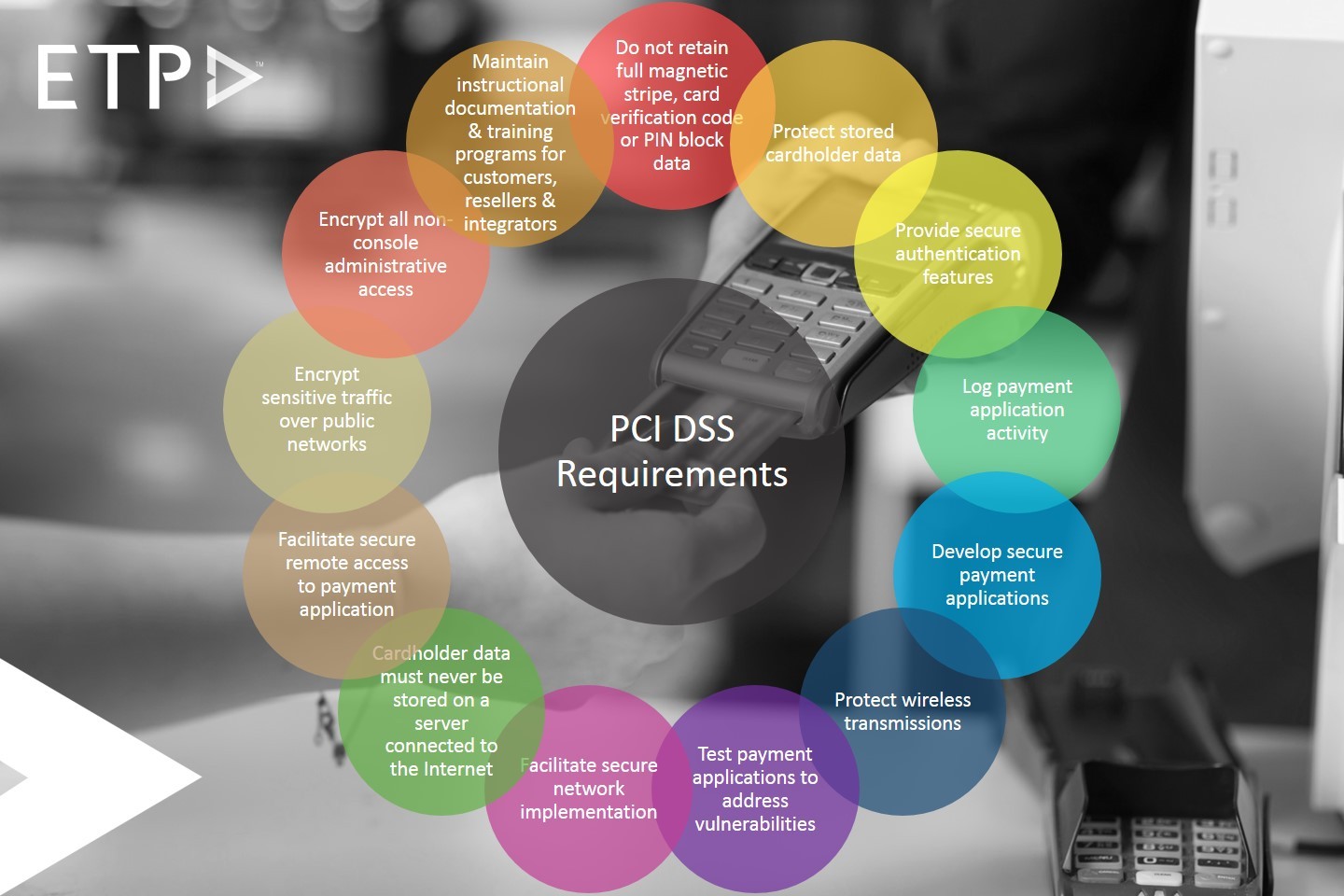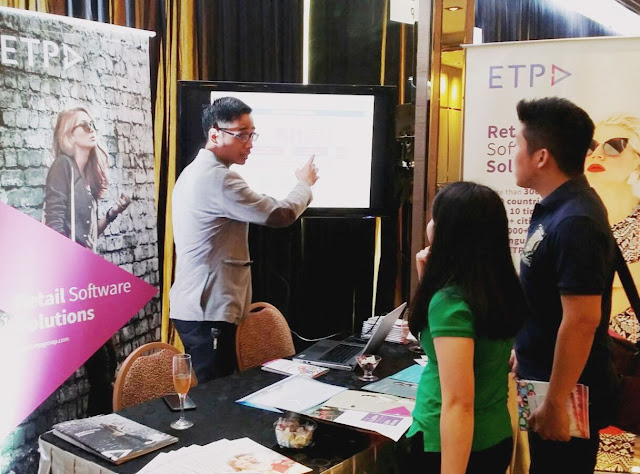As the year draws to a close, aside from setting budgets and other plans, it’s typically a good time for some reflection. In our company, where we primarily bring enterprise level, solutions to mid-large retailers in the lifestyle segment, itâs been quite the year. Specifically, we have seen significant growth in interest in all things omni-channel. Conversations with prospects, customers, and partners around this are never the same, and hence always interesting. I thought it might be interesting to share an overview.
Fundamentally, most retailers understand there is this thing called E-commerce which is growing rapidly in South East Asia, with this growth generally seen as an opportunity, and typically I hear comments like “yes, we really should be doing something/more online”. However, the sense of concurrence on activity in the online retail world ends there. The number of options open to retailers is large and ever growing. As such, the possible strategies are almost endless. (Own site, marketplace, a mixture as a tasty starter?)
At this point I should clarify we are talking about retailers here, not marketplaces or any other pure-play E-commerce or M-commerce operations. Whilst they are the flavour of the month for many customers (huge range of choice, low prices, free delivery, interest-free credit terms – what could possibly go wrong?), they are not true retailers. Genuine retail requires a physical presence where real, live customers can touch and feel goods, and receive service from real, live sales associates. The differences in the 2 models appears easy to understand. And for many retailers, it would be preferable if they had the option of keeping to this traditional methodology. Creating and maintaining a presence online, whether itâs purely for branding purposes, or itâs a full blown electronic extension of the physical store, is costly and fraught with complexities and costs that often only surface once the process begins. Think ball of string + unravelling. And that’s only the beginning. Once content has been created and uploaded, there remains the often-under-estimated process of making sure the Customer gets what he/she wants, how and when he/she wants.
So as a first step, many, quite understandably, adopt basic models; we simply show what inventory is sitting in a specified area of the main warehouse, and fulfil from there. E-commerce box ticked. Minimal revenues, minimal costs, and minimal disruption of the ongoing business. Done. Now let’s focus on more important issues such as clearing a slow-moving line or re-distributing that stock, currently sitting in Malang, to Bali, to complete broken size ranges or fulfil a regional preference in terms of size/colour. Now if we can find an app for that, perhaps we can take this online/digital thing a bit more seriously…
The solution is, of course, not an app. It is simply making the customer the centre of attention. Just like they were when they stepped into a dry goods store back in the Old (Wild) West. Mr. Shopkeeper knew all his customers not only by name, but by preference. Over the years, as businesses grow and attention spans shorten (kudos if you got this far by the way), that customer intimacy has shrunk. Convenience has risen yes, but gone is the attention most human beings either crave, or at the least, appreciate. So how to bring back the Old West service then, in an age of smart-phones and Alibaba?
The answer is omni-channel. Simply defined as a merging of the offline and online retail worlds, it allows us to start paying better attention to our customer, delighting them more often, and creating a better business at the same time.
This win-win may sound too good to be true but itâs based on some simple business rules â give your customer what they want, where they want it, when they want it, at a price they like, and you are half way home. The challenge is executing these promises across multi-channels, whilst keeping the whole experience simple from the customer perspective. Arming your team with enterprise-class solutions which take care of inventory, fulfilment, and loyalty regardless of the touch-point is a basic. Empowering your sales associates to cross and up-sell, and never lose a sale due to âout of stockâ is extremely valuable. As is developing loyalty strategies which improve margins, not erode them. And rather crucially, is to start looking at your business as a whole, not as online versus offline. Because the customer lives in both worlds, at the same time. And he/she is definitely very much aliveâŚ
This article has been written by:
Stephen Dodgson, Principal Management Consultant, ETP Group
Originally from Yorkshire, England, Stephen has spent around 30 years working in various markets including Asia, Europe and Africa, across several sectors: fashion, media and enterprise level IT solutions. He currently consults to many of the finest retailer brands in South East Asia, providing enterprise level, omni-channel ready solutions.
Founded in 1988, ETP is an Omni-channel Retail Solutions company headquartered in Singapore, serving market leaders in more than 22 countries across Asia Pacific, India and the Middle East. ETPâs Omni-channel Solutions include Omni-channel POS, Mobility, CRM, Marketing and Promotion Campaigns, Order Management & Supply Chain Management, and Merchandise & Assortment Planning.




 Receiving the award, Mr. Raj Jagasia, Executive Director, ETP International said, âETP thanks its customers and partners for the long-standing relationships that have contributed to ETPâs remarkable success in the retail technology space. Through continuous research and development, ETP remains committed towards building forward looking innovations in Omni-channel Retail Solutions to help our customers drive operational excellence and achieve profitable growth, thereby getting it right in retail.â
Receiving the award, Mr. Raj Jagasia, Executive Director, ETP International said, âETP thanks its customers and partners for the long-standing relationships that have contributed to ETPâs remarkable success in the retail technology space. Through continuous research and development, ETP remains committed towards building forward looking innovations in Omni-channel Retail Solutions to help our customers drive operational excellence and achieve profitable growth, thereby getting it right in retail.â








